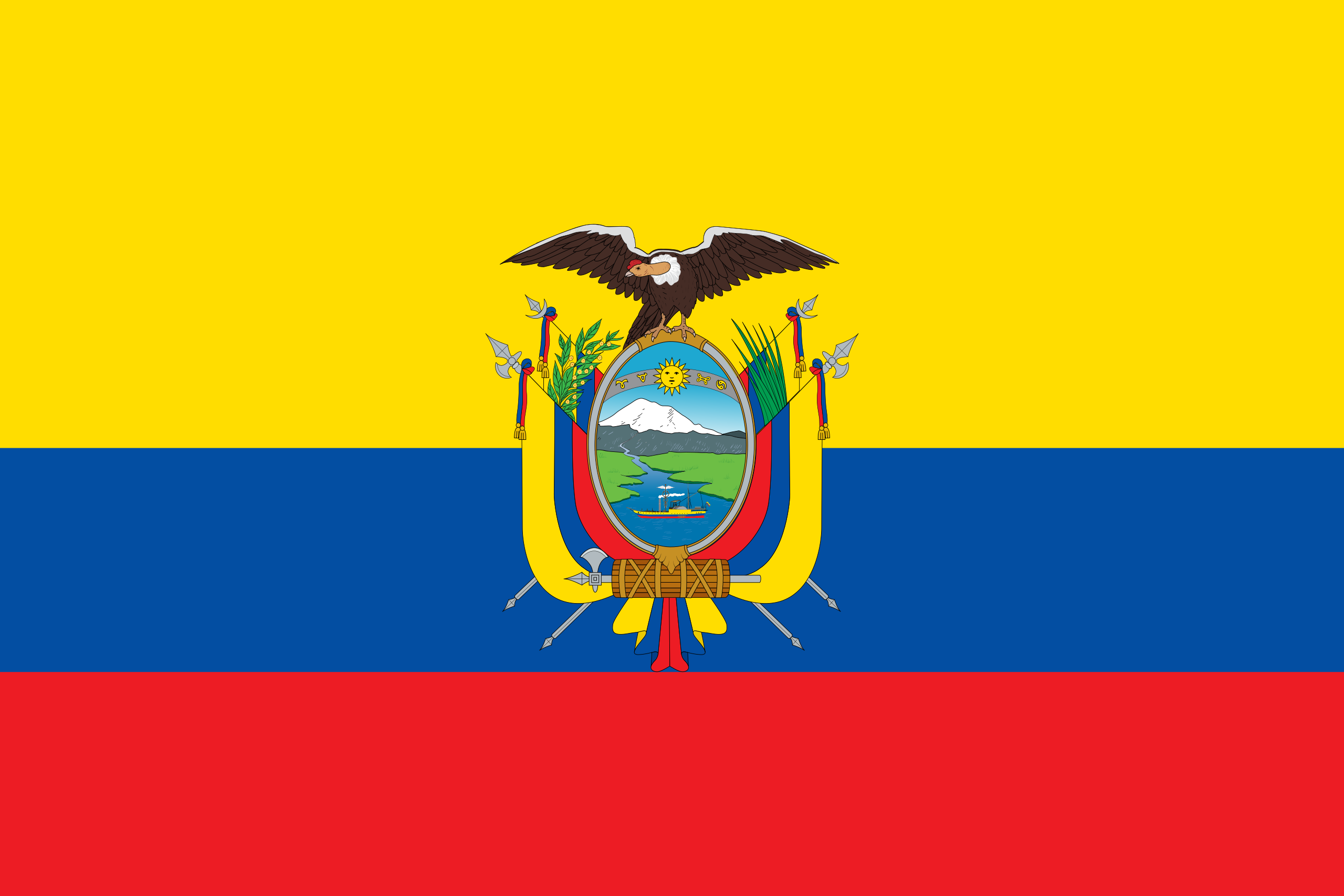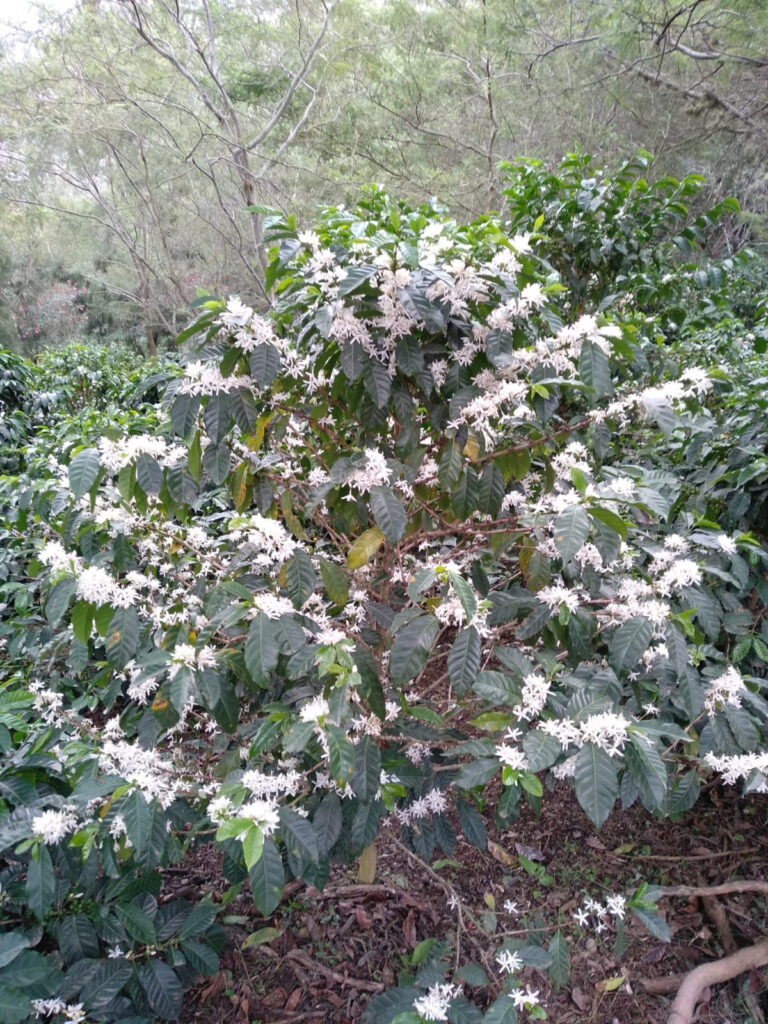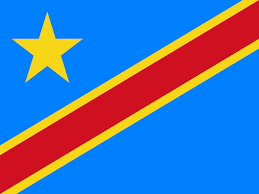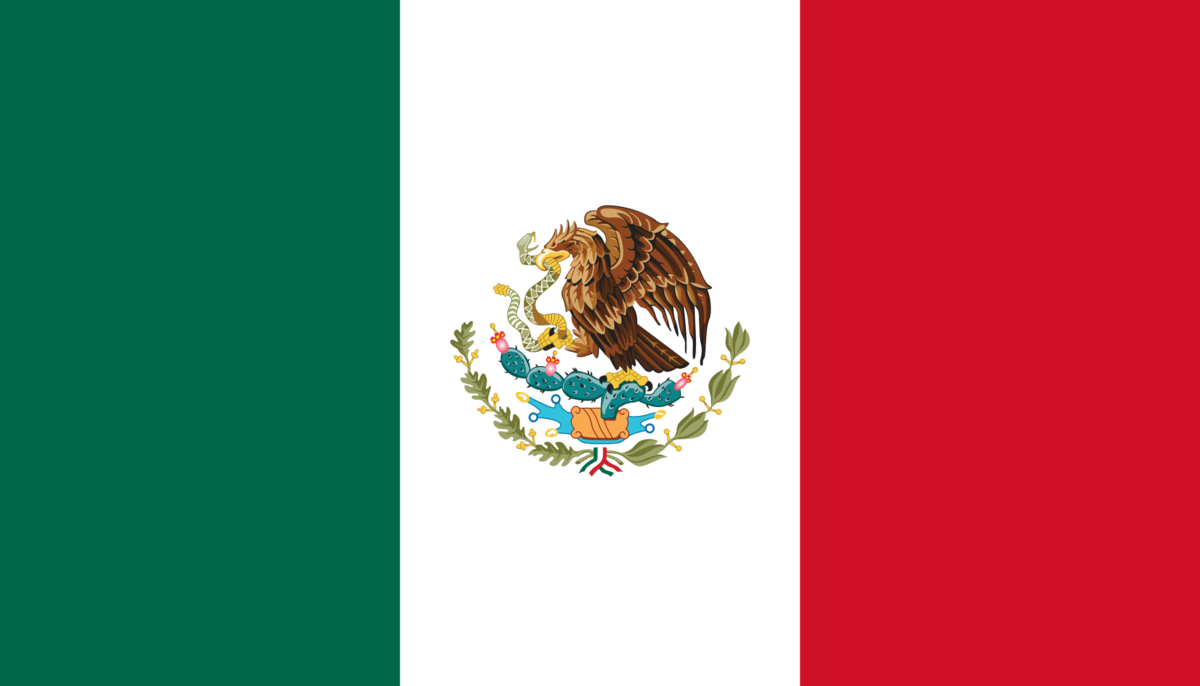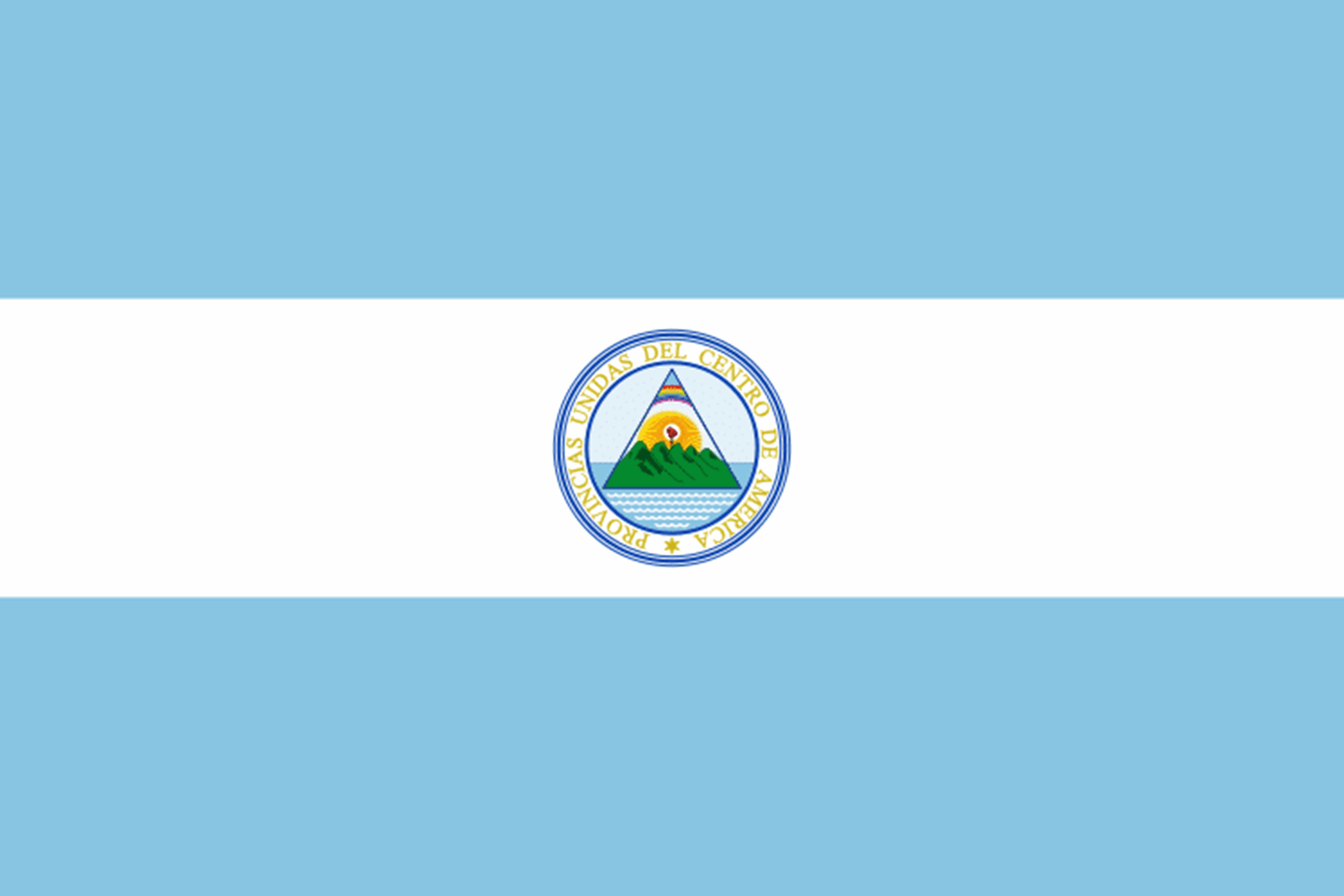The rich biodiverse regions of Ecuador allow for excellent coffee production.
The small biodiverse country in South America may not be known for producing high yields of coffee, but Ecuador maintains some of the richest soils to grow coffee. The crop was first introduced to Ecuador in 1860 by Spanish colonists in the Manabí Province of the Jipijapa Zone. To this day, this region is well-known for its Arabica production despite the low altitudes. Coffee production soon moved higher in the Andes Mountains, and thanks to the increased altitudes, the biodiverse ecosystems, and warm climates – quality and yield significantly improved.
View Coffees-
Place In World For Coffee Exporter20th
-
Sacks (60kg) exported annuallyApprox: 506,000
-
Percentage of world coffee market31%
-
Other major agricultural exportsBananas, flowers, tropical fruits
-
Estimated number of families relying on coffee for livelihood?105,000
-
Typical varieties producedBourbon, Typica, Caturra, Sidra
-
Key coffee regionsManabí, Carchi, Loja, Zamora-Chinchipe, El Oro, Pichincha, and the Galapagos Islands
-
Typical harvest timesYear Round
-
Typically availableSeptember - October
